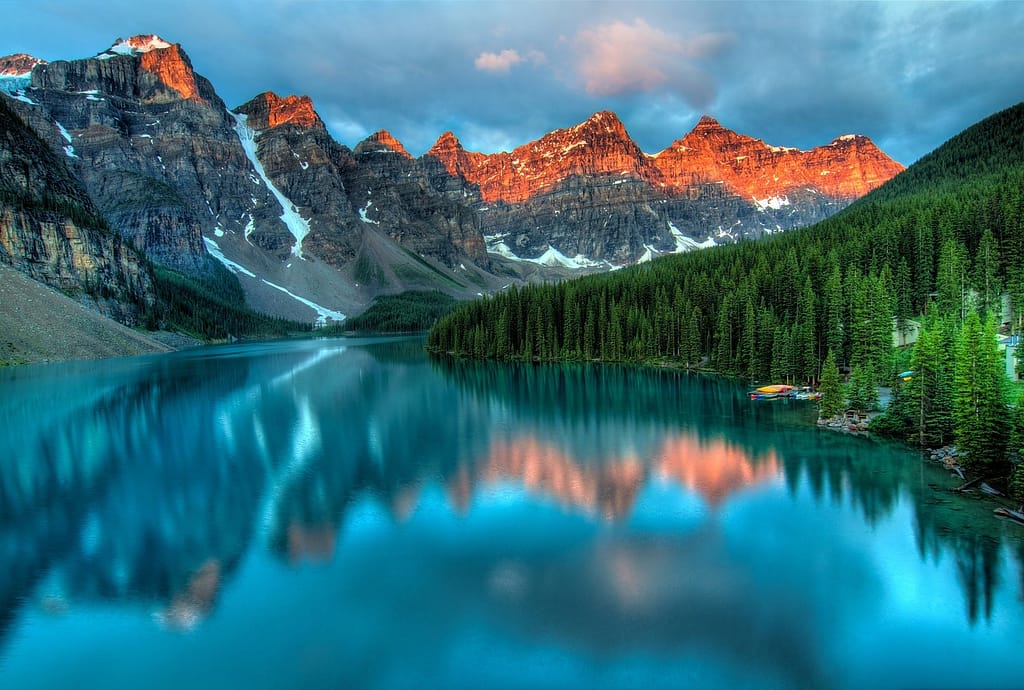Imagine a crystal-clear stream flowing through a lush forest, its water bubbling up from a deep, natural spring. For many, spring water symbolizes purity and health, a refreshing contrast to the sometimes chlorinated taste of tap water or the environmental burden of bottled water. But how do the benefits of spring water truly stack up against other water sources? In this article, we’ll explore the health benefits, environmental impact, economic considerations, and more to help you make an informed choice about the water you consume daily.
Overview of Different Water Sources
Spring Water
Spring water originates from natural underground sources. It is collected as it naturally flows to the surface, often passing through layers of rock and soil that filter it and imbue it with minerals. This water is typically bottled at the source, ensuring its natural composition remains intact.

Tap Water
Tap water comes from municipal sources and undergoes extensive treatment processes to ensure it meets safety standards. This includes filtration, chemical disinfection (often with chlorine), and sometimes fluoridation. It’s readily available in homes and public places and is cost-effective.
Bottled Water
Bottled water can come from various sources, including springs, wells, and municipal supplies. It is categorized into types such as purified, distilled, and spring water. While convenient, bottled water often involves significant plastic waste and environmental costs associated with production and transportation.
Filtered Water
Filtered water is tap water that has been passed through a filtration system, which can range from simple carbon filters to more complex reverse osmosis systems. These filters remove impurities and can improve taste, though they require regular maintenance.
Distilled Water
Distilled water is produced by boiling water and condensing the steam back into a liquid, effectively removing all minerals and impurities. While it is highly pure, the distillation process can be energy-intensive, and the water’s lack of minerals might not appeal to everyone for regular consumption.
Health Benefits
Nutritional Content
One of the standout benefits of spring water is its rich mineral content. As water filters through the earth, it picks up beneficial minerals such as calcium, magnesium, and potassium, which are essential for various bodily functions. In contrast, distilled water lacks these minerals entirely, and the mineral content of tap water can vary widely depending on the source and treatment methods used.
Purity and Contaminants
Spring water, being naturally filtered, often contains fewer contaminants compared to tap water, which can carry traces of chlorine, fluoride, and other chemicals used in the treatment process. However, it’s crucial to note that not all spring water is inherently pure, as natural contaminants can still be present. Bottled spring water usually undergoes additional testing to ensure safety, providing a cleaner alternative to tap water.
pH Levels and Alkalinity
Spring water typically has a balanced pH level, which can help maintain the body’s natural pH balance. Alkaline spring water, in particular, is believed to neutralize acidity in the body, potentially providing health benefits like improved hydration and reduced acid reflux. Tap water’s pH can vary and is often adjusted during treatment, sometimes resulting in a less desirable taste and potential health concerns if too acidic or alkaline.

Environmental Impact
Source Sustainability
Natural springs are generally renewable resources, replenished by rainfall and underground aquifers. However, over-extraction can lead to depletion, affecting ecosystems that rely on these water sources. Sustainable management is essential to ensure long-term availability.
Plastic Waste
Bottled water significantly contributes to plastic pollution. Each year, millions of plastic bottles end up in landfills and oceans, taking centuries to decompose. Opting for reusable bottles and spring water can mitigate this environmental issue. Tap and filtered water have a much lower environmental footprint in terms of plastic waste.
Carbon Footprint
The production and transportation of bottled water involve substantial carbon emissions. From manufacturing plastic bottles to shipping them across the globe, the environmental cost is high. Conversely, tap water, delivered via existing infrastructure, and filtered water have a far smaller carbon footprint.
Economic Considerations
Cost of Consumption
When it comes to cost, tap water is the most economical choice, costing pennies per gallon. Spring and bottled water, on the other hand, can be significantly more expensive. Filtered water falls somewhere in between, with initial setup and maintenance costs but lower long-term expenses compared to continuously buying bottled water.
Infrastructure and Maintenance
Municipal water systems require significant infrastructure investment, funded by taxpayer money. Home filtration systems, while initially costly, are a one-time investment with periodic maintenance. Bottled water avoids these costs but transfers the burden to the consumer, who pays a premium for convenience and packaging.
Taste and Consumer Preferences
Taste Profiles
The taste of water can vary significantly based on its source and mineral content. Many people find spring water to have a clean, crisp taste due to its natural mineral content. Tap water can sometimes taste metallic or chlorinated, depending on local treatment processes. Filtered water often has an improved taste over tap water, but still might not match the natural taste of spring water.
Consumer Surveys and Preferences
Surveys consistently show a preference for bottled spring water over tap water, primarily due to taste and perceived purity. Convenience also plays a significant role in consumer choices, with many opting for the ease of bottled water despite environmental concerns. Filtered water is gaining popularity as a middle-ground solution that offers improved taste and reduced environmental impact.

Regulatory Standards and Safety
Regulatory Bodies
Spring water is regulated by agencies like the Food and Drug Administration (FDA) in the United States, which sets stringent standards for bottled water quality. Tap water is regulated by the Environmental Protection Agency (EPA), which ensures safety through various treatment and monitoring processes. The standards for bottled water often exceed those for tap water, especially concerning contaminant levels.
Safety Protocols
Both spring and tap water are subject to rigorous testing to ensure safety. Bottled water companies often highlight their multi-step filtration and purification processes, while municipal water systems employ regular testing and treatment to manage contaminants. Home filtration systems can add an extra layer of safety, especially in areas with known water quality issues.
Accessibility and Convenience
Availability of Spring Water
Spring water availability can be geographically limited, often found in specific regions where natural springs are accessible. Seasonal variations and environmental factors can also affect availability. In contrast, tap water is universally available wherever municipal services exist.
Convenience Factors
Bottled water is the most convenient option, available in various sizes and easily transportable. Tap and filtered water offer the convenience of immediate access without the need for storage or carrying bottles. Home filtration systems add a level of convenience by providing treated water on demand.
Case Studies and Examples
Communities Relying on Spring Water
Several communities around the world rely on spring water for their daily needs. For example, certain towns in the Alps and other mountainous regions depend on natural springs for their water supply. These communities often report high satisfaction with water quality and taste.
Success Stories
Switching to spring water has shown significant benefits in some cases. For instance, schools that replaced sugary drinks with spring water reported improved student health and hydration. Similarly, athletes often prefer spring water for its natural mineral content and hydration benefits.
Conclusion
Spring water offers a range of benefits, from its rich mineral content and refreshing taste to its lower environmental impact compared to bottled water. While it can be more expensive than tap water and less convenient in some regions, its health and taste advantages make it a preferred choice for many. Filtered water provides a balanced alternative, improving the taste and quality of tap water while remaining cost-effective and environmentally friendly. Ultimately, the best choice depends on individual needs and circumstances, but understanding the benefits and drawbacks of each water source can help make an informed decision.
References
- Food and Drug Administration (FDA) – Bottled Water Everywhere: Keeping it Safe
- Environmental Protection Agency (EPA) – Drinking Water Standards
- International Bottled Water Association (IBWA) – Bottled Water and the Environment
- Centers for Disease Control and Prevention (CDC) – Drinking Water
- National Resources Defense Council (NRDC) – Bottled Water: Pure Drink or Pure Hype?
By understanding how spring water compares to other water sources, you can better appreciate the nuances and make a choice that aligns with your health, environmental, and economic preferences.




